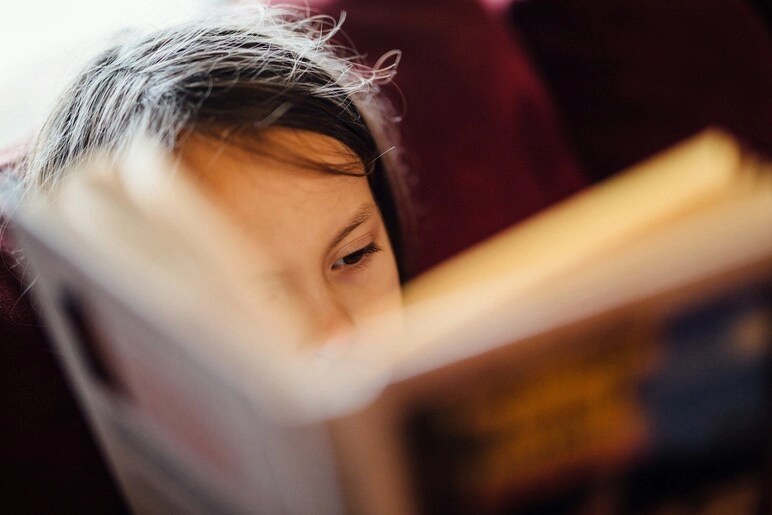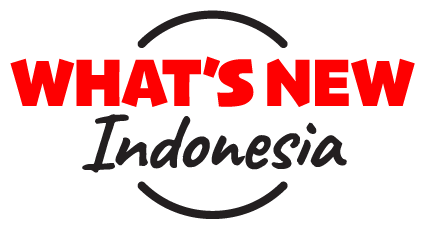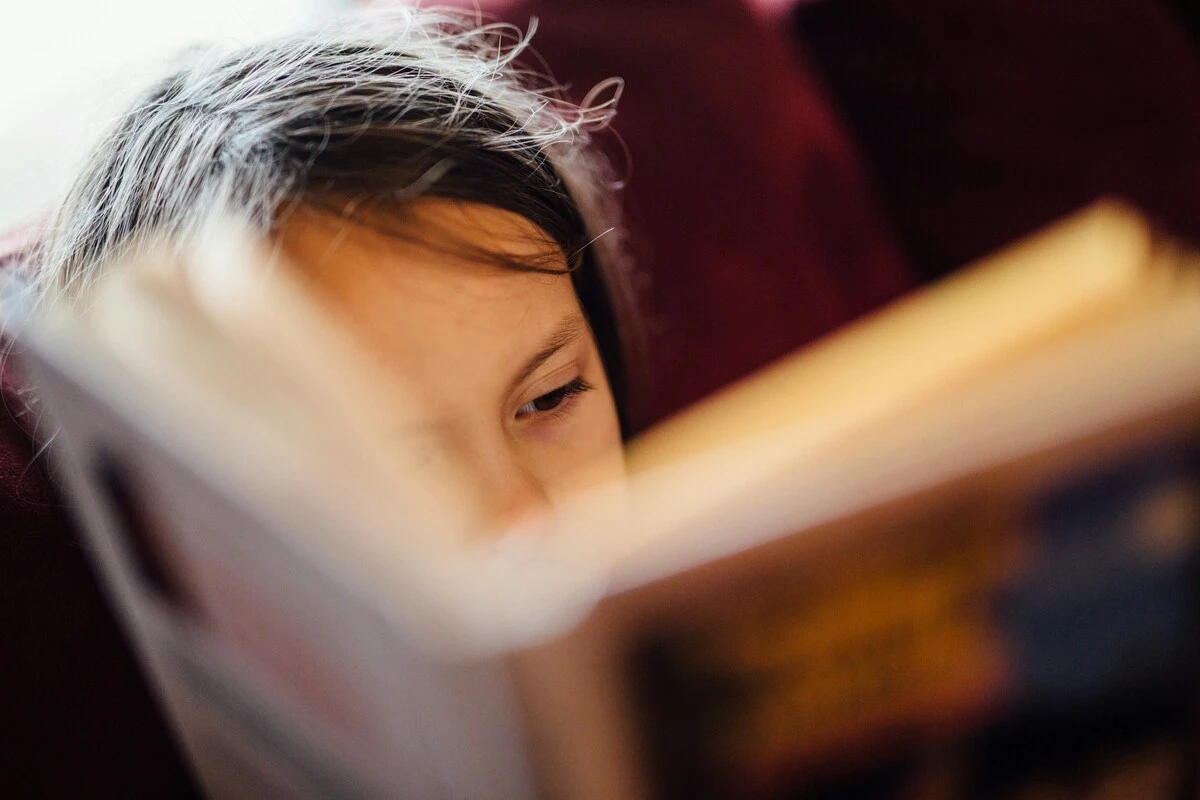
Education nowadays has advanced with a plethora of international programmes. Choosing the right curriculum for your child may even daunt you as one of the most important decisions you'll ever make as a parent.
The list goes on; however, two in particular stand out for their global reach and academic prestige: the International Baccalaureate (IB) and the Cambridge Curriculum. Leading universities around the world recognise both, nevertheless, they embody distinct educational experiences.
Indonesia has no shortage of either curriculum. Schools can include one of the other or, in some cases, integrate both according to different levels. Before delving into open houses and seeing the students interact with peers and staff, allow What’s New Indonesia to elaborate on the differences.
The Cambridge Curriculum
Three words best define the Cambridge Curriculum: depth, structure, and specialisation.
This is an internationally respected educational framework developed by Cambridge Assessment International Education, a part of the University of Cambridge. It provides a coherent structure for teaching and learning that balances academic rigour with cross-cultural awareness.
Implemented by thousands of schools worldwide, it’s designed to support both intellectual and emotional development by preparing students to thrive in an increasingly globalised world. Therefore, students are equipped not only for academic success but also for meaningful social engagement.
The Cambridge pathway is divided into four stages:
- Cambridge Primary – Ages 5 to 11
- Cambridge Lower Secondary – Ages 11 to 14
- Cambridge Upper Secondary (IGCSE) – Ages 14 to 16
- Cambridge Advanced (AS & A Levels) – Ages 16 to 19
Its flexibility allows schools to adapt the curriculum to local contexts, making it an appealing choice for institutions seeking to offer high-quality, globally competitive education. Students begin with a strong foundation in subjects such as English, math, and science. As they move into Upper Secondary, they take IGCSEs, internationally recognised qualifications that allow students to choose from over 70 subjects. These exams mark a key point in the Cambridge journey, giving students a chance to begin specialising in areas they enjoy or excel in.
At the advanced stage, students can take AS Levels (typically one year) and A Levels (two years). With over 50 subjects to choose from, students can tailor their education to suit specific academic or career paths—ideal for students who know what they want to pursue at university.
We have compiled lists of Jakarta’s Cambridge Curriculum International Schools and in Indonesia for your reference.
The IB Curriculum
In parallel, the International Baccalaureate (IB) depicts learning without borders. The IB promotes critical thinking, problem-solving, and intercultural understanding through its inquiry-led model.
Founded in Geneva in 1968, the International Baccalaureate was created to offer students a globally-minded education that encourages curiosity, independence, and a deep understanding of the world around them. Today, the IB is offered in thousands of schools across more than 150 countries.
The IB offers three main programs:
- Primary Years Programme (PYP) – Ages 3 to 12
- Middle Years Programme (MYP) – Ages 11 to 16
- Diploma Programme (DP) or Career-related Programme (CP) – Ages 16 to 19
What sets the IB apart is its focus on developing well-rounded individuals who are prepared to engage meaningfully with global challenges. In the early years, students explore big-picture themes such as identity, time and place, and global citizenship through inquiry-based learning. By the time they reach MYP, they’re engaging in interdisciplinary projects and are expected to think critically across a broad spectrum of subjects.
The final two years—perhaps the most well-known part of the IB—are rigorous and comprehensive. Students take courses across six subject groups, complete an extended essay, participate in the Creativity, Activity, Service (CAS) program, and explore complex ideas in Theory of Knowledge (TOK), a unique course that challenges them to question how we know what we know. Moreover, students seeking a more career-oriented route, the Career-related Programme (CP) combines academic study with hands-on, practical learning.
We have complete guides to Jakarta’s IB Curriculum International Schools. Click here for the full list covering Bali, Bandung, Surabaya, and Yogyakarta.
Differences between IB and Cambridge
The main differences between these prestigious and internationally recognised curricula are based on their philosophical and pedagogical approaches.
The Cambridge Curriculum tends to be more subject-specific and academically specialised. For instance, in the Cambridge Advanced stage, students focus on a small number of subjects—such as mathematics, sciences, or humanities—which lead to AS and A Level qualifications. This structure is well-suited to learners with clearly defined academic strengths or interests.
By contrast, the IB Curriculum adopts a broader, interdisciplinary approach. From the Primary Years Programme, students are encouraged to think critically and develop a global outlook. As they progress through the MYP and into the DP, they explore an expansive range of subjects. The emphasis is on developing well-rounded individuals who possess not only academic knowledge but also the emotional intelligence and interpersonal skills needed beyond the classroom.
So, how do you choose?

The answer lies in understanding how each program works—and, more importantly, how it aligns with your child’s learning style, interests, and goals.
There’s no one-size-fits-all answer.
Both the IB and Cambridge offer exceptional education and are respected by universities across the globe. If your child prefers a more traditional academic structure, excels in exams, or wants to dive deeply into a particular subject area, the Cambridge path might be the right choice. Whereas if your child enjoys open-ended inquiry, interdisciplinary learning, and values social impact, the IB may be a better match. It’s designed for students who are curious, independent, and globally minded.
Curriculum aside, it’s about choosing an environment where your child can thrive, grow, and feel inspired because the goal is the same: to equip your child with the knowledge, skills, and confidence they need to succeed in a rapidly changing world.




 Mirella Pandjaitan
Mirella Pandjaitan
 Jul 01, 2025
Jul 01, 2025